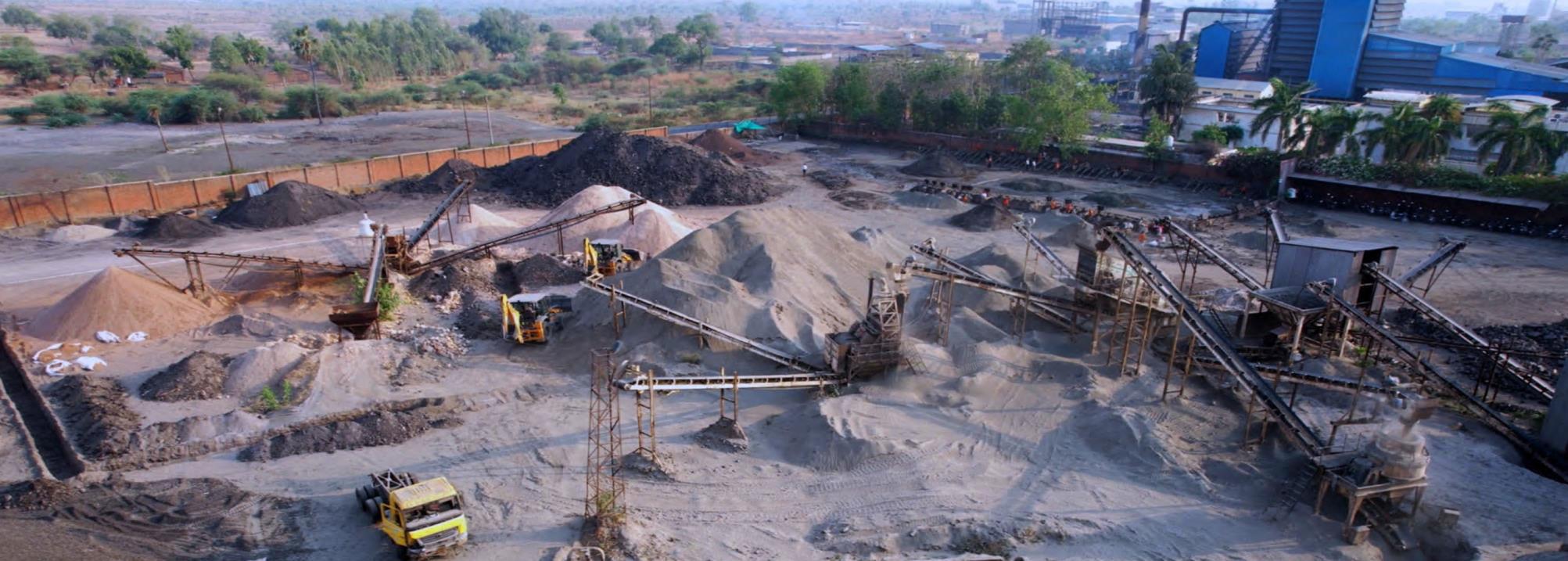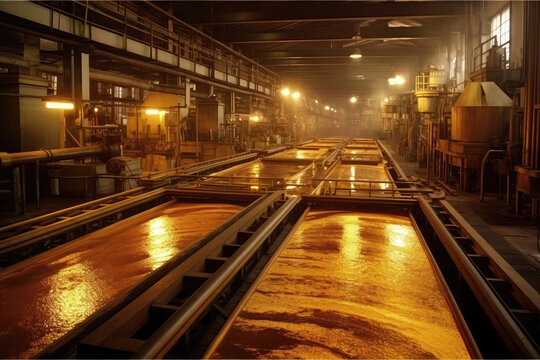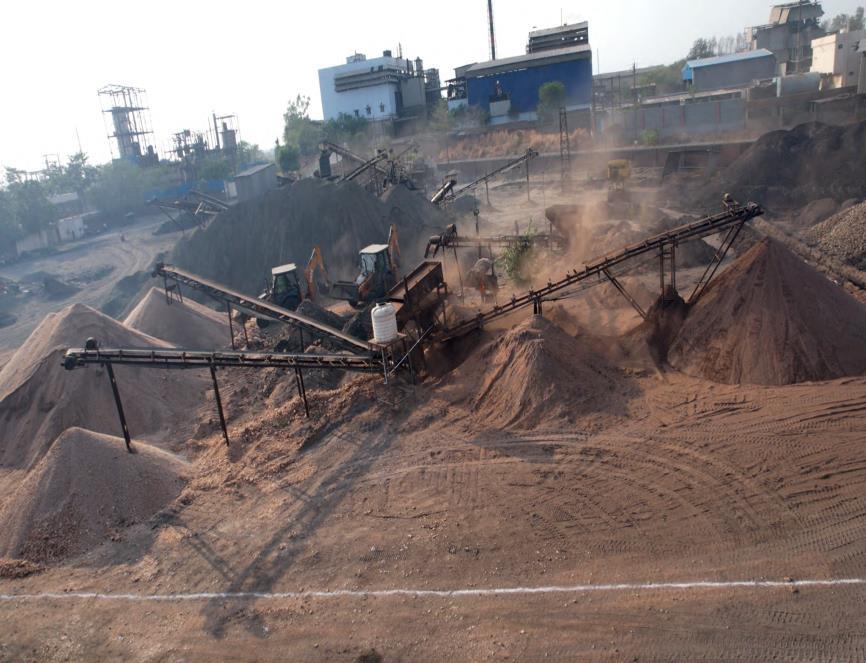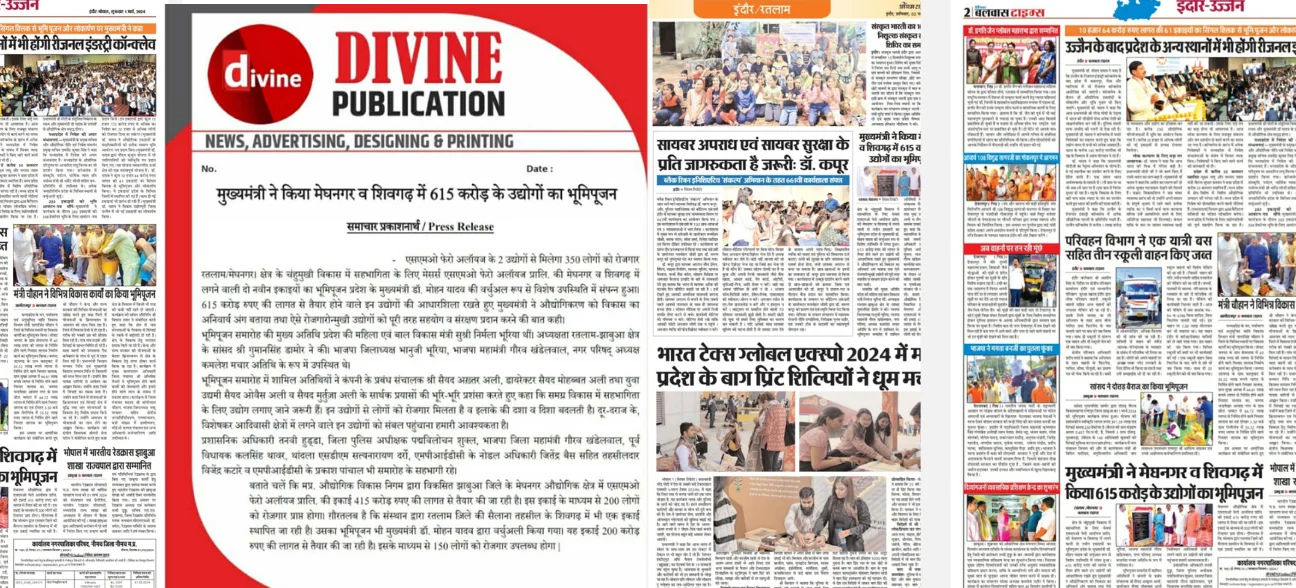The Ferro Alloys Industry, characterized by the production of alloys composed primarily of iron and one or more chemical elements such as manganese, silicon, and chromium, plays a vital role in numerous sectors. From steel production to improving the properties of various industries, the significance of the Ferro Alloys Industry cannot be overstated. This article explores the historical growth of the industry, the importance of breaking barriers for progress, and the evolutionary advances that have shaped its trajectory.
Evolutionary Advances in Ferro Alloys

The Ferro Alloys Industry has witnessed pioneering developments that revolutionized its operations and expanded its capabilities.
1. Invention of Electric Arc Furnace (EAF) method
One of the key technological breakthroughs in the industry was the invention of the Electric Arc Furnace (EAF) method. This method allowed for the production of alloys with a high degree of precision and customizable chemical compositions. It also facilitated the recycling of scrap materials, making the industry more sustainable and efficient.
2. Development of Vacuum Induction Melting (VIM) technology
Another significant advancement that pushed the boundaries of the Ferro Alloys Industry was the development of Vacuum Induction Melting (VIM) technology. This technique enabled the melting of alloys under controlled atmospheric conditions, resulting in improved product quality and reduced impurity levels. VIM technology also opened doors for the production of alloys with unique properties and enhanced performance characteristics.
Surpassing Environmental Challenges

The Ferro Alloys Industry has faced environmental challenges that have required innovative solutions to ensure sustainability.
1. Carbon emissions and climate change impact
Carbon emissions have been a concern for the industry, contributing to climate change. However, in recent years, efforts have been made to reduce the industry’s carbon footprint through the adoption of cleaner production techniques. These include the utilization of renewable energy sources and the implementation of carbon capture and storage technologies.
2. Waste disposal and resource utilization challenges
Waste disposal and the efficient utilization of resources have also been key challenges for the industry. To address this, various initiatives have been implemented, such as recycling programs to minimize waste and the development of innovative methods to extract valuable elements from byproducts. Additionally, technologies like pyrometallurgical and hydrometallurgical processes have been employed to maximize resource utilization and minimize waste generation.
Breaking Geographical Boundaries

Traditionally, the Ferro Alloys Industry has been concentrated in specific regions, but the emergence of new production hotspots has disrupted these patterns.
1. Understanding historical concentration patterns
Historically, the industry has been concentrated in regions abundant in the raw materials necessary for alloy production. Countries like South Africa, China, India, and Brazil have been prominent players due to the availability of key elements and supportive infrastructure.
2. Challenges faced by established production regions
However, established production regions have faced challenges related to resource depletion, regulatory changes, and increasing production costs. These difficulties have paved the way for the emergence of new production regions.
Emerging regions in Ferro Alloys production
Exploration of untapped resources and opportunities has led to the emergence of new production regions in countries like Kazakhstan, Indonesia, and Canada. These regions offer access to new reserves and present opportunities for industry growth and investment.
Diverse Applications and Surging Demand

The Ferro Alloys Industry serves a wide range of applications, contributing to the growth of various sectors.
1. Steel production and strengthening
One of the primary applications of Ferro Alloys is in steel production. Adding specific alloys to the steel matrix enhances its strength, durability, and resistance to corrosion. This ensures high-quality and reliable materials for construction, automotive, and other industries.
2. Alloying for enhanced properties in different industries
In addition to steel production, Ferro Alloys find applications in diverse industries such as aerospace, electronics, and renewable energy. By alloying different elements, the industry offers materials with unique properties like heat resistance, magnetic characteristics, and electrical conductivity, catering to specific industry requirements.
Analysis of global market demand and growth projections
The global market for Ferro Alloys continues to exhibit strong demand, propelled by various sectors and future growth prospects.
1. Identifying key sectors driving demand
Key sectors driving the demand for Ferro Alloys include automotive manufacturing, construction, and infrastructure development. The increased focus on renewable energy and electric vehicle production also creates a significant demand for Ferro Alloys.
2. Future growth prospects for the Ferro Alloys Industry
With ongoing technological advancements and investment in sustainable practices, the Ferro Alloys Industry is poised for significant growth in the coming years. The expanding markets in developing economies and the evolution of lightweight alloys for transportation and energy are expected to drive the industry forward.
Innovations Shaping the Industry
The Ferro Alloys Industry remains at the forefront of innovation, with ongoing research and development initiatives pushing the boundaries of its capabilities.
1. Advancements in Ferro Alloys composition
Innovative research is focused on developing new Ferro Alloys compositions that offer improved properties and performance characteristics. Through the discovery of novel alloy systems and precise control over chemical compositions, the industry continues to expand its product offerings.
2. Novel processing techniques and equipment
Advancements in processing techniques and equipment have also paved the way for innovation in the industry. For instance, the development of high-temperature melting and refining technologies enables the production of alloys with greater purity and minimal impurities.
Ensuring Industry Sustainability

In a world prioritizing sustainability, the Ferro Alloys Industry has recognized the importance of adopting sustainable practices.
1. Economic benefits of long-term sustainability
Apart from the environmental benefits, long-term sustainability practices also offer economic advantages. By reducing waste, optimizing resource utilization, and adopting efficient production processes, the industry can improve cost-effectiveness and secure a competitive edge.
2. Recognition of social and environmental responsibilities
In response to growing concerns, the industry has taken steps to fulfill its social and environmental responsibilities. Engaging in community development projects, establishing corporate social responsibility programs, and ensuring worker safety are core aspects of sustainable practices undertaken by the industry.
Addressing Market Uncertainties
The Ferro Alloys Industry is not immune to market fluctuations, but strategies can be implemented to mitigate uncertainties.
1. Volatility in raw material prices
Raw material prices can fluctuate due to global supply and demand dynamics, geopolitical factors, and market speculation. To address this, industry players invest in risk management strategies, such as long-term supplier contracts and diversification of raw material sources.
2. Geopolitical factors influencing market stability
Political upheavals and trade disputes have the potential to disrupt the stability of the market. By remaining adaptive and informed about geopolitical developments, industry participants can make informed business decisions to navigate uncertainties.
Overcoming Technological Barriers
Technological advancements have played a crucial role in overcoming barriers and enhancing efficiency in the Ferro Alloys Industry.
1. Artificial Intelligence (AI) integration for efficiency
The integration of Artificial Intelligence (AI) in process optimization and automation has revolutionized the industry. AI algorithms enable real-time monitoring, predictive maintenance, and optimization of critical processes, resulting in increased productivity and cost savings.
2. Automating quality control and production processes
Automation of quality control and production processes has allowed for better control over the alloy’s properties and consistency. Robotic systems and advanced sensing technologies enable precise measurements, reducing the scope for human error and ensuring product quality.
Future Outlook and Opportunities

The Ferro Alloys Industry possesses significant growth potential and opportunities for investment and diversification.
1. Expansion in emerging markets
Emerging markets in Asia, Africa, and Latin America present lucrative opportunities for companies looking to expand their presence. These regions offer growing end-user industries, access to new customers, and untapped potential for the Ferro Alloys Industry.
2. Technological advancements shaping the future
Technological advancements, including the application of artificial intelligence, advanced processing techniques, and material characterization technologies, will continue to shape the future of the industry. Investing in research and development and staying at the forefront of innovative technologies will position industry participants for sustainable growth.
Summary
The journey of the Ferro Alloys Industry has been filled with achievements and challenges. From technological breakthroughs and environmental sustainability initiatives to expanding markets and the pursuit of innovation, the industry has continuously pushed beyond barriers to meet the growing global demand.
Frequently Asked Questions (FAQs)
- What are Ferro Alloys?Ferro Alloys are alloys composed primarily of iron and one or more chemical elements such as manganese, silicon, and chromium. They are used in various industries for their unique properties and ability to enhance material performance.
- What are the main applications of Ferro Alloys?Ferro Alloys find applications in diverse industries. One of the main applications is in steel production, where they are added to the steel matrix to enhance strength and corrosion resistance. Additionally, Ferro Alloys are used in industries such as aerospace, electronics, and renewable energy for their unique properties.
- How is the Ferro Alloys Industry addressing environmental concerns?The Ferro Alloys Industry is addressing environmental concerns through the adoption of cleaner production techniques, such as utilizing renewable energy sources and implementing carbon capture and storage. Efforts are also being made to maximize resource utilization and minimize waste generation through recycling programs and innovative extraction methods.
- What are the emerging regions for Ferro Alloys production?Emerging regions for Ferro Alloys production include countries like Kazakhstan, Indonesia, and Canada. These regions offer untapped resources, new reserves, and opportunities for industry growth.
- How is innovation driving the Ferro Alloys Industry forward?Innovation is driving the Ferro Alloys Industry forward through advancements in composition, processing techniques, and equipment. Ongoing research and development initiatives are focused on developing new alloys with improved properties and refining production processes for increased efficiency and productivity.
- What sustainability practices are being adopted in the industry?The industry is adopting various sustainability practices, including recycling and resource conservation efforts to minimize waste generation and optimize resource utilization. Additionally, community engagement programs, corporate social responsibility initiatives, and worker safety measures are being implemented to fulfill social and environmental responsibilities.
- How does market volatility affect the Ferro Alloys Industry?Market volatility, particularly in raw material prices and geopolitical factors, can impact the Ferro Alloys Industry. To mitigate uncertainties, industry players diversify their product portfolios, implement effective risk management strategies, and remain adaptive to market changes.
- What are the future growth opportunities for the industry?The Ferro Alloys Industry has promising growth prospects, with expanding markets in developing economies and advancements in technology driving demand. Opportunities for investment and diversification exist in emerging markets and industries related to transportation, infrastructure development, renewable energy, and advanced materials.




